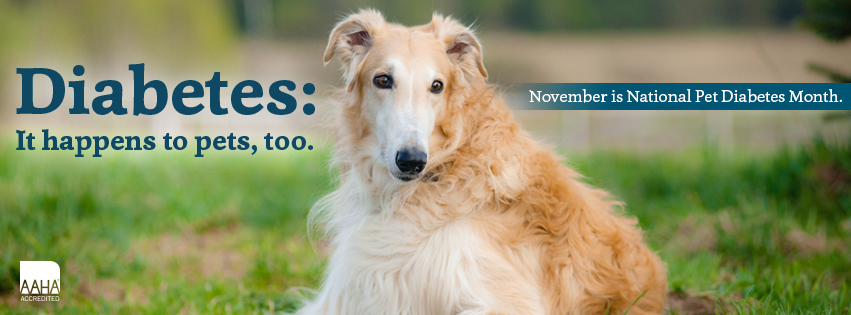
There are many signs observable in pets with endocrine disease. These signs include (but are not limited to) the following: abnormal energy levels, abnormal behavior, abnormal drinking, urinating and eating behavior, excessive panting, skin disorders, and weight gain or loss. If your pet has any of these, please book an appointment with us sooner rather than later.
Endocrinology is the study of hormones and there are several common endocrine disorders found in dogs and cats. Hypothyroidism is often diagnosed in dogs. Hypothyroidism indicates that the animal has low levels of circulating thyroid hormone. The opposite is true for cats. They are frequently diagnosed with high levels of circulating thyroid hormones or Hyperthyroidism.
Additional endocrine problems include Diabetes, Cushing’s Disease and Addison’s Disease. Whenever you are suspicious of your pet drinking too much (polydypsia) and urinating more than normal (polyuria), make an appointment to have them examined and lab workup done to determine the underlying cause.
For more information on managing Diabetes in your pets go to Signs of Diabetes.
8 things you need to know about AAHA’s Diabetes Management Guidelines for Dogs and Cats
There’s no question: Managing diabetes in pets requires a high level of commitment. For starters, they’ll need daily injections of insulin at regular times of day to help regulate glucose (or blood sugar) levels in their body. But it’s better than the alternative: When diabetes is left untreated, poisonous compounds called ketones can make a diabetic pet very sick and may even cause death.
While controlling diabetes is a challenge, it’s not an insurmountable one. By working closely with your veterinary team, you can help your pet thrive. To help make this collaboration as successful as possible, AAHA created the Diabetes Management Guidelines for Dogs and Cats.
Here are the top things you need to know about these guidelines:
- Control is the goal. Diabetes affects pets in a similar way that it affects humans: The body cannot convert glucose into energy due to issues producing or regulating the hormone insulin. Your veterinary team will develop a management plan to keep your pet’s glucose levels in a safe range without getting too low (hypoglycemic).
- Your team will tailor a care plan based on the severity of the disease. When detected at the earliest stage, lifestyle changes such as diet can help stabilize your pet’s diabetes. Risk factors for diabetes include obesity, diseases (like the hormonal disorder acromegaly in cats and Cushing’s disease in dogs), and medications like steroids. Advanced cases might require treatment for complications, such as cataracts in dogs and weakened hind legs due to nerve damage in cats.
- Homework is required! Caring for your pet at home is an important part of diabetes management. You will be administering insulin once or twice a day, monitoring blood glucose levels on a regular basis, and handling urine. You’ll also be taking your pet to the veterinary hospital frequently for testing. Your team will provide extensive education about home care, such as storing insulin in the refrigerator and other important tips.
- Diet therapy is a key component. Your veterinary team will create a plan to optimize body weight with appropriate protein and carbohydrate levels, fat restriction, and calorie control. Obese cats and dogs will need to lose 1–2% of their weight each week initially to help the insulin work more effectively.
- In cats, diabetic remission is a reasonable goal. Excellent home care with dietary management, obesity treatment, and monitoring can lead to a cat no longer needing insulin therapy! Unfortunately, remission seldom occurs in dogs.
- Hypoglycemia can be life-threatening. Diabetes is a dynamic disease. Because cats can go into diabetic remission fairly suddenly, home monitoring of blood glucose is key to preventing hypoglycemia (low blood sugar). On the canine side, a dog’s blood sugar can drop to dangerously low levels due to sporadic and strenuous exercise or changes in insulin administration.
- Dedication will save your pet’s life. Without proper treatment, your dog or cat will ultimately die. Sadly, some owners even choose to euthanize their pets because of the commitment required to manage diabetes. However, many people find the effort worthwhile and rewarding, as the animal can enjoy a high-quality life as a controlled diabetic.
- Communication is key. It’s natural to feel overwhelmed when caring for a diabetic pet. Veterinarians and technicians understand this and want to support you as much as possible. Don’t be afraid to reach out for help. …..taken from AAHA website

